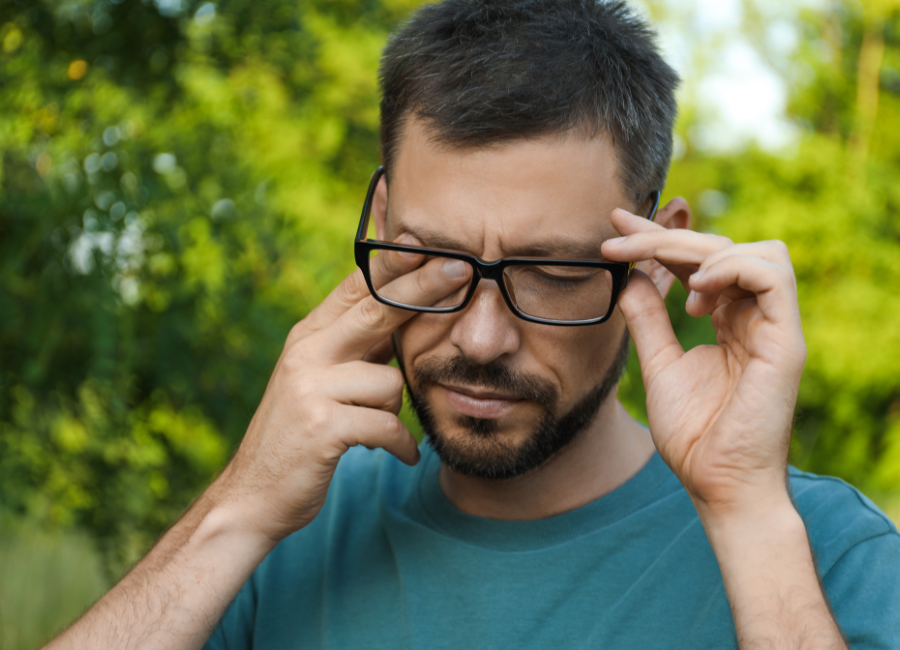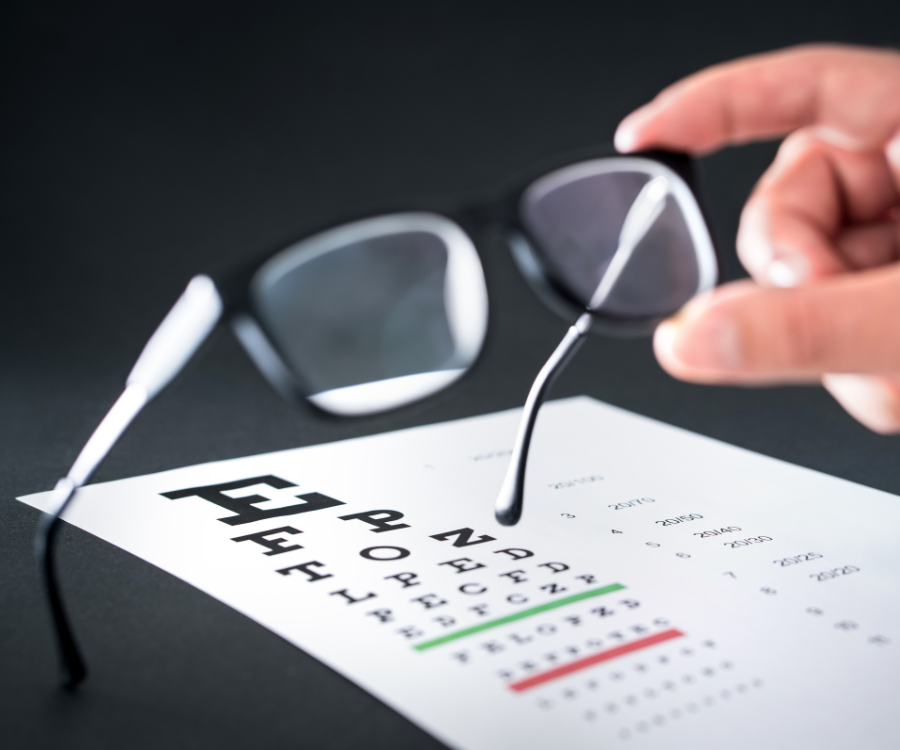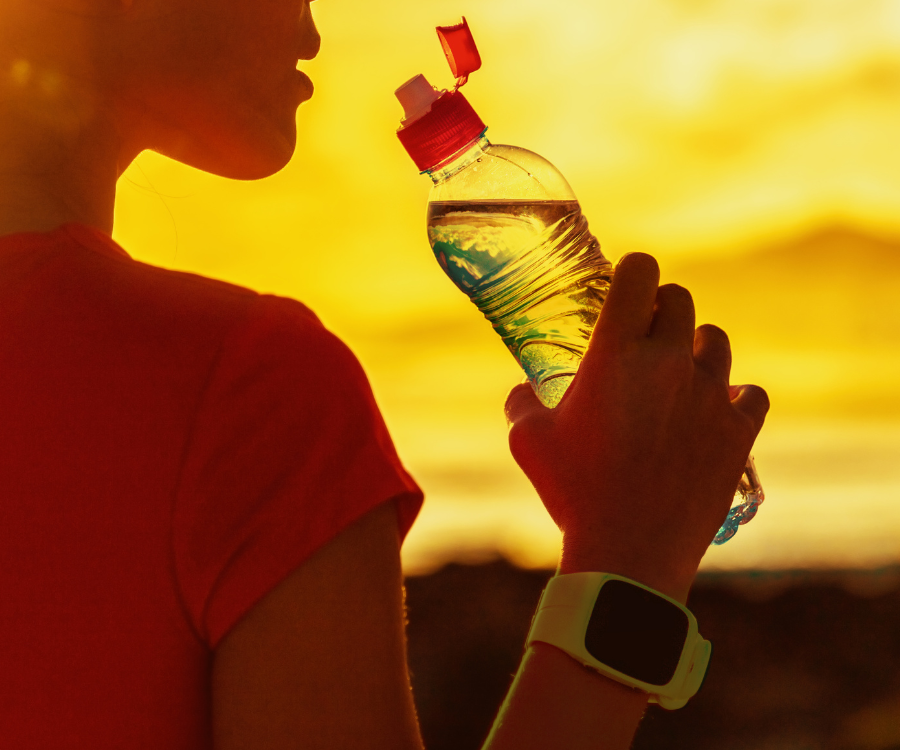Itchy Eyes? Unveiling the Culprits Behind the Scratching Sensation
Eyes are windows to the soul, but when they become itchy, all you want to do is scratch and shield them from the world. While the urge to rub might be strong, resist! Itchy eyes can have various causes, and understanding the culprit behind the itch is crucial for finding relief.
Common Causes of Itchy Eyes:
- Allergies: Seasonal allergies, dust mites, pet dander, and even certain cosmetics can trigger an allergic reaction, leading to itchy, watery eyes, redness, and even puffiness.
- Dry Eye: This condition occurs when your eyes don’t produce enough tears or the quality of your tears is compromised. Dry eyes can cause itchiness, burning, and a foreign body sensation.
- Eye Strain: Staring at screens for extended periods, reading in dim light, or working in dry environments can lead to eye strain and subsequent itchiness.
- Irritants: Smoke, dust, pollution, and strong chemicals can irritate the delicate surface of the eyes, causing itchiness and discomfort.
- Contact Lens Discomfort: Poorly fitted contact lenses, wearing them for too long, or not cleaning them properly can irritate the eyes and lead to itchiness.
- Blepharitis: This condition involves inflammation of the eyelids, often causing redness, swelling, and itchiness along the lash line.
Less Common Causes:
- Medications: Certain medications, particularly antihistamines for allergies, can have dry eye as a side effect, leading to itchiness.
- Underlying Medical Conditions: In some cases, itchy eyes can be a symptom of an underlying medical condition like thyroid problems, rosacea, or even dry skin conditions like eczema.
Finding Relief for Itchy Eyes:
- Identify the trigger: If possible, try to identify what might be triggering your itchy eyes. Keeping a log of your activities and symptoms can help you connect the dots.
- Avoid irritants: Once you know the triggers, avoid them as much as possible. This might involve using air purifiers, wearing glasses instead of contacts on certain days, or taking breaks from screens.
- Artificial tears: Over-the-counter artificial tears can help lubricate dry eyes and alleviate itchiness.
- Warm compresses: Applying warm compresses to closed eyelids for a few minutes can help loosen any crusting and soothe irritated eyes.
- Consult your doctor: If your itchy eyes are severe, persistent, or accompanied by other symptoms like blurred vision or eye pain, consult your doctor to rule out any underlying medical conditions and get appropriate treatment.
Remember: Itchy eyes can be a nuisance, but understanding the potential causes and taking appropriate steps to address them can help you find relief and maintain healthy vision. If the itch persists or worsens, don’t hesitate to seek professional medical advice.




